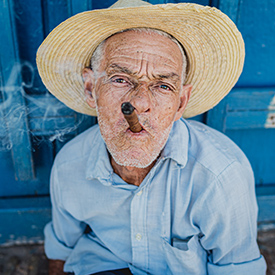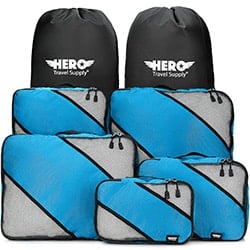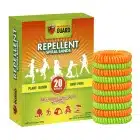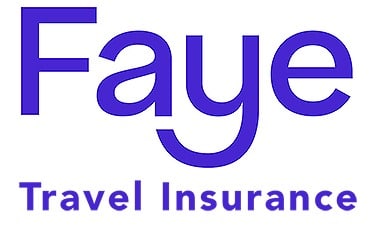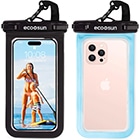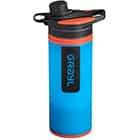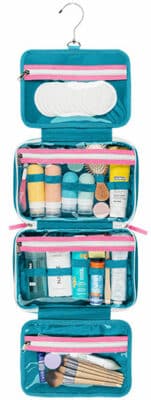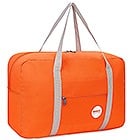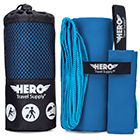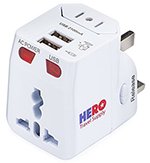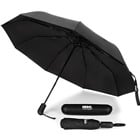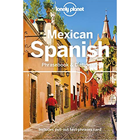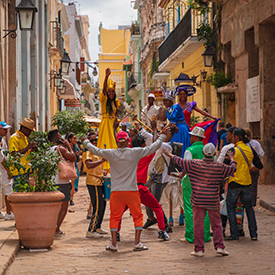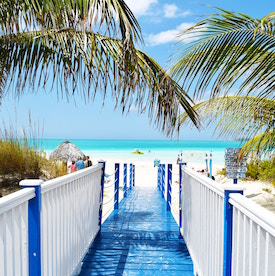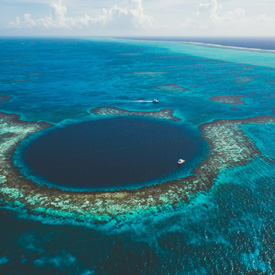Streets and Sightseeing – Cubans are a pretty relaxed bunch in terms of fashion, so feel free to wear whatever you feel most comfortable in while wandering around the streets of old town Havana and other tourist sites.
Cuban streets and sidewalks are notoriously uneven, so it pays to don a pair of comfortable shoes such as trainers should you plan on doing a lot of walking. Flip-flops are fine fashion-wise, although they’re not ideal for walking long distances.
Religous Sites – Although there’s no written dress code to govern Cuba’s countless Catholic churches, local worshippers appreciate it when tourists wear modest attire inside.
The easiest option for women is to pack a lightweight shirt or shawl to quickly slip on over a tank top that doesn’t cover the shoulders.
Both genders should remove hats and sunglasses upon entry and keep the volume to a minimum.
Beaches / Resorts – The short answer is to wear whatever you like. Much like other Latin American cultures, Cubans won’t think anything of a scantily clad swimsuit on the beach. Some stretches of sand even accommodate topless and naturalist sunbathers.
A Night Out – Sipping on a mojito while listening to a lively local band is a quintessential Cuban experience, and you’ll enjoy it a whole lot more if you’re dressed for the part.
The amount of effort you should put into preparing for a night out really depends on where you want to go. Cheaper watering holes and touristy restaurants are pretty casual, so most travelers get away with shorts and flip-flops.
However, upmarket restaurants and hotels sometimes have a dress code in place, which may or may not be strictly enforced.
If you plan on mingling with high society at any point, it pays to pack at least one set of smart attire. A button-up shirt for guys and a cocktail dress for gals is enough to blend in at most classy establishments, while polished leather shoes and heels wouldn’t go astray at the famous Hotel Nacional de Cuba.




